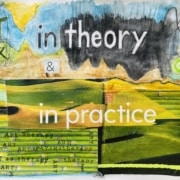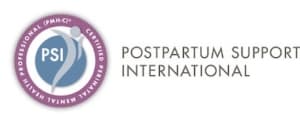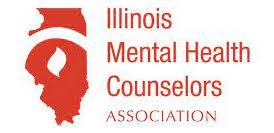What Is Art Therapy Part 3
This is Part 3 of my #marketingmondays series on What Is Art Therapy. I may have accidentally skipped Part 2. All I know is I wrote this, and it doesn’t quite seem like Part 2, but it’s what I wrote so I’m gonna go with it. Who says it has to be linear, right?!
Before I dive in, a little background: I myself have made art for almost as long as I have been alive. I have found that making things, whether I label them “art” or not helps my mood and sense of well-being. Being “a maker” or “a creative” is a way of life for me and countless other people. But it wasn’t always something I knew I had access to. I was fortunate to go to college to study Psychology, yet dropped out soon after I started, worked at a health food store for 6 months, then transferred to another school where I majored in Studio Fine Art, graduated, and then worked in art retail for 5+ years. I was slugging along, trying to find time, place and structure for my art process while working full time. Then I met a working art therapist, Leah F. It wasn’t until I volunteered with her at her place of work (a therapeutic day school), that I realized becoming an art therapist was the way for me to combine my love for art making with my interest in psychology, and helping others. Here was a field based on the knowledge that art making is intrinsically healing; a field that believes that art is accessible and beneficial to all people, no matter how artistically skilled or unskilled.
Fast forward and I have now been an art therapist for over 25 years. I remain enthusiastic about the healing power of art making and art therapy. However, the healthcare delivery system in the US, and the medicalization of care, makes it challenging to provide art therapy services. Insurance companies want evidence-based practices, and demand “medical necessity” for them to be billable. While there is much anecdotal and case evidence about the positive effects of art therapy, it is harder to quantify, research and study the effects of art therapy. There are those working on understanding the neuroscience behind art therapy, like Juliet L. King (PhDc), ATR-BC, LPC, LMHC, who is an Associate Professor of Art Therapy at The George Washington University and an Adjunct Associate Professor of Neurology at the Indiana University School of Medicine. King found in a 2017 pilot study that “…art making enhanced brain waves across both hemispheres more than rote motor tasks.” For more on that and other studies, see both:
https://arttherapy.columbian.gwu.edu/juliet-king
https://doi.org/10.1073/pnas.1821297116
There have been many books exploring the role of art and creativity for well-being, for enhanced living, and even to promote greater intelligence. A few of my favorite authors are: Betty Edwards, John Berger, Rollo May, Leonard Shlain, Mihaly Csikszentmihaly, and Elizabeth Gilbert. Not all rely on scientific support, but all seem to share a common belief in the healing power of the Arts.
May, in his seminal 1975 book, The Courage to Create, said, “What if imagination and art are not, as many of us might think, the frosting on life but the fountainhead of human experience? What if our logic and science derive from art forms, rather than the other way around?”
In a new book on Neuroaesthetics called Your Brain on Art, coming out tomorrow, 3/21/23 (that may or may not reference Art Therapy, but certainly will have implications for the field), authors Magsamen and Ross say that “Art and aesthetics can quite literally rewire your brain,” (explaining art’s role in neuroplasticity). “They are a secret sauce that helps build new synaptic connections.”
And,
“I do art all the time, probably to the chagrin of the people around me… I sing. I write really bad poetry. I dance. I collage. We’re not talking about being a virtuoso. It’s simpler and more accessible than that.” [Magsamen].
“It took a while to get people to exercise 20 minutes a day, and now it’s drilled into our heads that you have to find a way to walk or get on the treadmill,” Ross said. “We hope with this book to create a movement of people who understand that what art does to rewire your brain is just as important as those 20 minutes, and that every day is an opportunity for some kind of self-expression. It’s our birthright. It’s part of being human.”
Susan Magsamen and Ivy Ross. (2023) Your Brain on Art: How The Arts Transform Us. New York: Penguin Randomhouse

 https://www.rainacowanarttherapist.com/wp-content/uploads/2023/03/What-is-Art-Tx-3.jpeg
https://www.rainacowanarttherapist.com/wp-content/uploads/2023/03/What-is-Art-Tx-3.jpeg

 rainacowanarttherapist.com
rainacowanarttherapist.com



